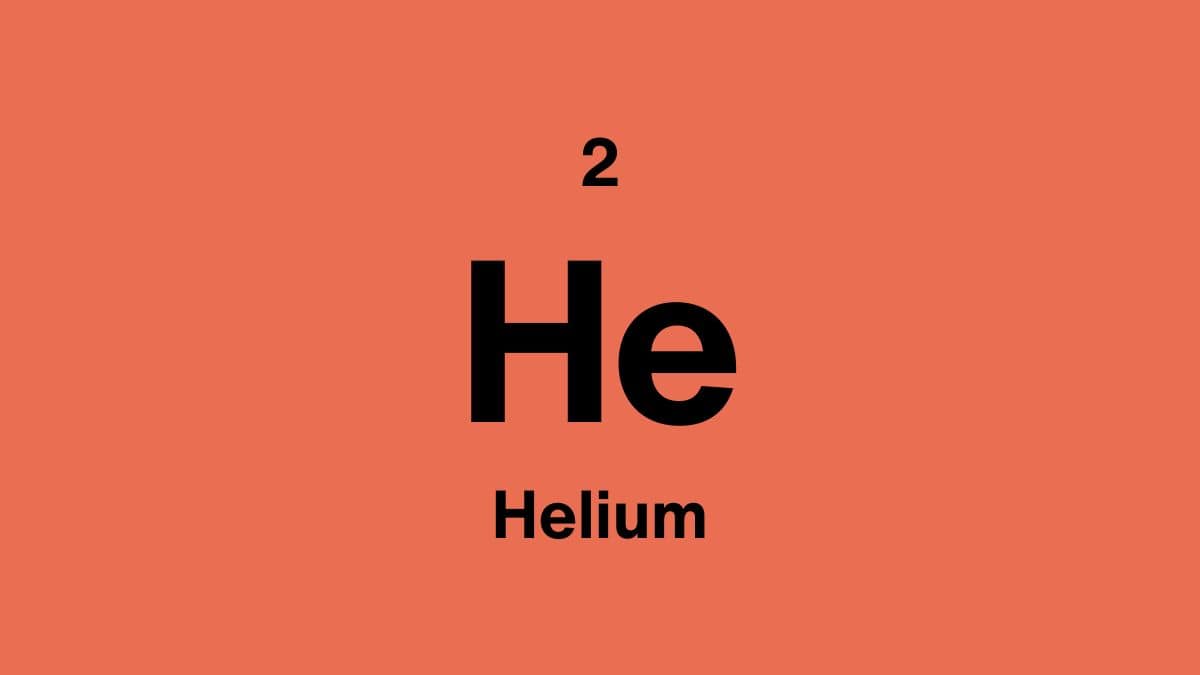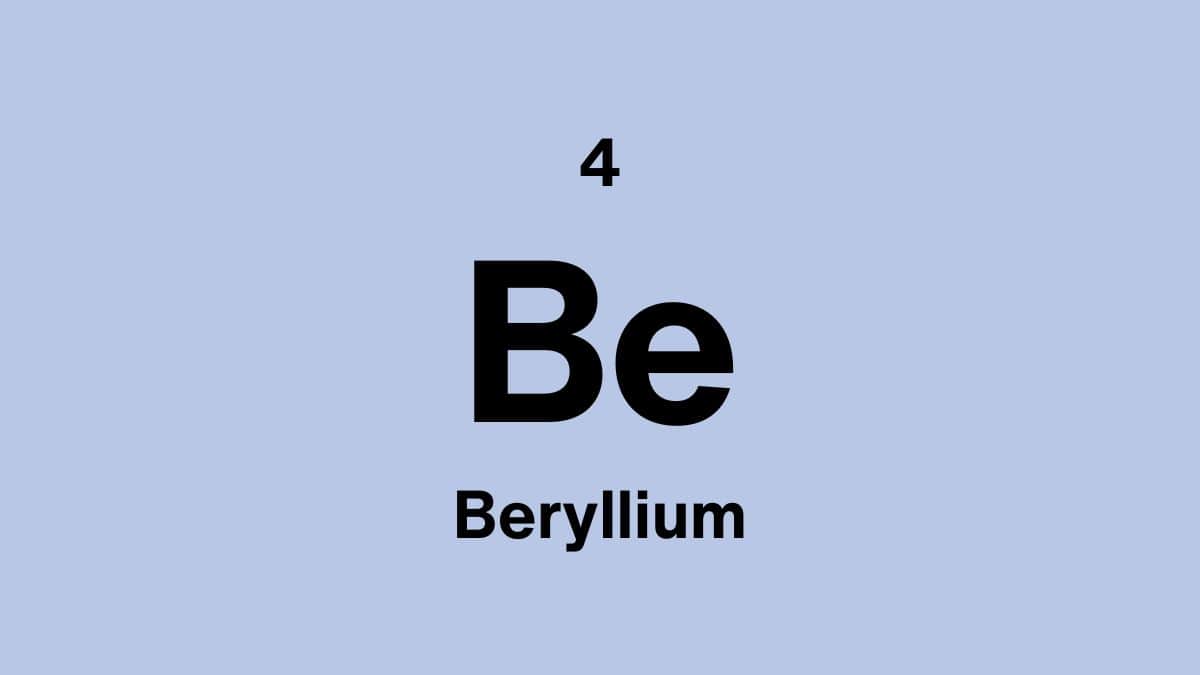A simple google search of the helium element leaves us with one question: Are we running out?
Helium. Our beloved party balloon gas that makes you giggle the more you giggle and element number 2 on the Table of Elements. In this blog post, we discuss the question on everyone's minds. Are we running out? We also look at common used and interesting facts about this element.
The properties of the helium element:
| Atomic Number: | 2 |
| Atomic Symbol: | He |
| Atomic Weight (amu): | 4.0026 |
| Electronegativity: | NA (Explanation follows) |
| Melting point: | -272.2°C | -457.96°F | 0.95K |
| Boiling point: | -268.93°C | -452.07°F | 4.22K |
What does helium look like?
Helium is a colorless, odourless, insipid, and non-toxic gas at room temperature and is interestingly one of the most transparent elements, even in liquid form. When helium is in its plasma form it emits a pink, purplish glow.
Where can helium be found?
Helium will always be found where large amounts of Uranium are present because helium is a byproduct of decaying Uranium. Helium only accounts for 0.00052% of the Earth's atmosphere and the majority of the helium harvested comes from beneath the ground being extracted from minerals and gas deposits. Helium is one of the rarest elements on the planet but is ironically the second most abundant element in the universe after hydrogen. It is estimated that helium could amount to up to 24% of the universe.
Are we running out of Helium?
Not exactly. The majority of helium is extracted in North America, North Africa and Russia at a higher rate than the current demand. The demand for helium will most likely only outnumber the supply when it reaches the same level of demand as petroleum. The helium reserves are however not being regulated to the extent that some experts would advise.
Can we produce helium in a lab?
There is currently no way to artificially produce helium and the primary source of this gas is the extraction from the earth. It costs approximately 10000 times more to extract helium from the air than to extract it from reserves on earth. There might however be more helium in the earth than scientists once predicted due to the discovery of helium in groundwater. Helium is also constantly being “produced” through the radioactive decay of Uranium, but at a very slow pace. Scientists predict that we could run out of helium in the next 50 years, should governments fail to impose usage regulations on the gas.
Who discovered the helium element?
French astronomer Jules Janssen was the first person to observe helium on August 18th, 1868. The element was observed by looking at the solar eclipse through a prism. At the time, he didn’t know exactly what he had seen, just that this was something new.
On October 20th of that same year, English astronomer Norman Lockyer observed a yellow line in the solar spectrum which he concluded was caused by an unknown element in the Sun. Lockyer and an English chemist named the element helios, after the Greek word for Sun.
What can helium be used for?
The first thing that comes to mind when the average person thinks about helium is party balloons. And while this is a very common use for the helium element, there are other uses that might also be of interest to you.
Weather balloons and airships are often filled with heliu. Helium is used also used as a cooling element at the Large Hadron Collider (LHC) and in the superconducting magnets in MRI scanners. Helium is also used as a cooling agent in other machines, like satellite instruments.
The non-reactiveness of helium makes it the perfect gas to be used as a protective atmosphere in making fibre optics and semiconductors. Helium is also used to inflate car airbags because it diffuses very quickly. Helium-Neon gas lasers are used to scan barcodes in barcode scanners. Helium-ion microscope is a new way of getting better image resolution than an electron microscope.
Is helium Dangerous
Helium is a non-toxic gas at room temperature and is often inhaled by humans at parties to make their voices sound funny. Although it isn't toxic doesn't mean that it isn't dangerous. Helium is an asphyxiant which means that it displaces oxygen, which is a gas essential for the human respiratory system. Helium can therefore cause you to pass out or even have more serious consequences if inhaled irresponsibly.
Interesting facts about helium
- Helium gradually escapes into space as the earth's gravity isn’t strong enough to retain it.
- Helium was the first element to not be observed on earth for the first time.
- Helium is the only element that cannot be solidified through cooling alone and needs to be assisted by decreasing the pressure to less than atmospheric pressure.
- Helium has the lowest melting point of all elements.
- It is estimated that our sun produces 700 million tons of helium per second.
What compounds are formed with helium?
As mentioned before helium is part of the Noble Gasses group which means that it doesn’t react with any other elements and can therefore not form compounds.
Funny helium Jokes, Puns and One-Liners
Helium walks into a bar. The bartender says, “We don’t serve noble gasses here.” Helium doesn’t react.
How do you laugh at a helium Joke? He He He
We compiled a list of the Top 50 Chemistry Jokes and Puns of all time!



